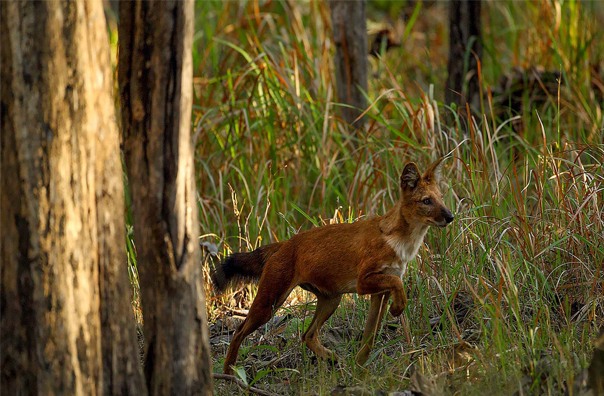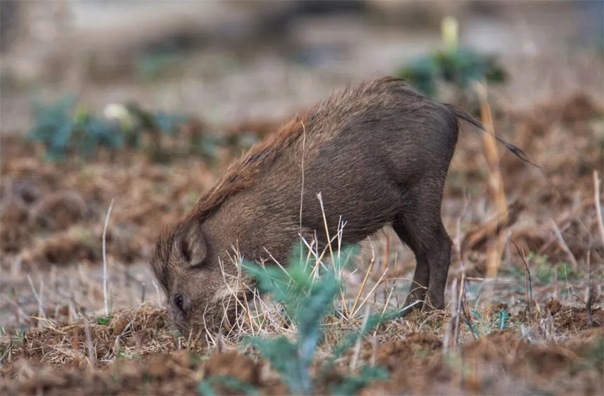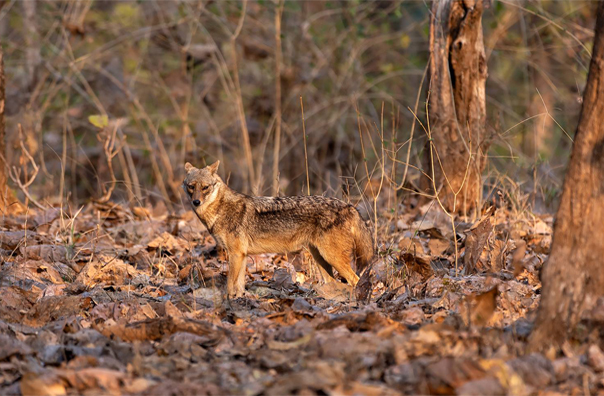About Pench National Park
Pench is famous for its Tiger Reserve propagated majorly in Madhya Pradesh and is the best place to visit in Pench. It is named after the Pench river that flows through it. The forest is widely related to the story of Mowgli and Bagheera from the famous novel The Jungle Book by Rudyard Kipling. The area was declared as Pench National Park in the year 1975 by the Government of Maharashtra and later the Government of India considered it the Pench Tiger Reserve in the year 1999.
The tribal forest area was initially declared a sanctuary, and a decade later, it was acknowledged as a national park. Since the tiger population in the forest was in good numbers, it became a part of the Project Tiger and has been known as Pench tiger reserve since then. Covering approximately 758 sq. km., the Pench national park comprises a core Tiger reserve zone covering around 293 sq. km. and 118 sq. km. Mowgli Pench wildlife sanctuary.
A magnificent expanse in Madhya Pradesh, Pench Tiger Reserve, though is a tiger territory, it also shelters a dense population of cheetal (Spotted Deer), followed by leopard, sambhar, gaur (Indian bison), chousingha (four-horned antelope), chinkara (Indian gazelle), barking deer, small Indian civet, and porcupine. It is also home to the migratory birds such as Malabar pied hornbill, Indian pitta and osprey.








